(11 am. – promoted by ek hornbeck)
This diary is for curmudgeon who asked in last week’s post of FEPB “are there other gardens that you’d include in a must-see list for visitors to your fair city?” As a matter of fact there is.
A few here who enjoy my flower fluff from the New York Botanical Garden might be surprised to learn that I live just a couple of blocks from another Botanical Garden. Wave Hill has a view that is similar to my many sunset diaries. Wave Hill is a truly fascinating legacy and this is a good time to remember some American who once held a deep respect for nature.

The Wave Hill grounds were not opened to the public until 1960 but before becoming the newcomer to public gardens, this New York City oasis had a long and very rich history as a private garden. The perfect location, rolling hills down to the Hudson River and vistas of the Palisades also holds two historic houses. Wave Hill was once the residence of “Darwin’s Bulldog” Thomas Henry Huxley and Theodore Roosevelt spent summers there in his teen years. Both Mark Twain and Arturo Toscanini lived and were inspired by the sights and sounds of Wave Hill.
Below are some photos from this spring at Wave Hill and a few little stories about this New York City respite that seems so far from New York City.
Wave Hill is only 28 acres and older Riverdale residents still call in an estate but there is much more to this secret garden that is only visited by 65,000 people each year. While the best feature of these grounds are the topography and location of this National Historic landmark, romantically rugged terrain and magnificent vistas that have changed little since the day these hillsides were frequented by the Manhattans and Mohicans, neither the human touch nor a rich history of conservation should be overlooked. There is a fascinating Wave Hill history page and you can find a quote that captures the feel of these grounds.
Mark Twain leased the estate from 1901-1903, setting up a tree house parlor in the branches of a chestnut tree on the lawn. Of winter at Wave Hill he wrote, I believe we have the noblest roaring blasts here I have ever known on land; they sing their hoarse song through the big tree-tops with a splendid energy that thrills me and stirs me and uplifts me and makes me want to live always.
As a resident of the Hudson Hillside neighborhood I can attest to how brutally cold it gets here but come springtime the view is warm, almost intoxicating to a city person. From the entrance visitors are greeted by an inviting lawn and a pergola with a breathtaking sunset and river view.
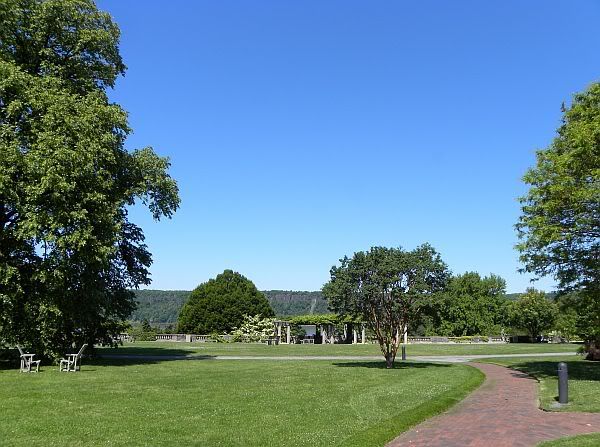
Then the bracing Hudson River wind begins to feel like mountain air with the slightest hint of ocean breeze. Unlike the 250 acre New York Botanical Garden to the east of this garden, Wave Hill inspires people to just sit down an relax. There is even a chair designed for Wave Hill, similar to the Adirondack chair but still unique.
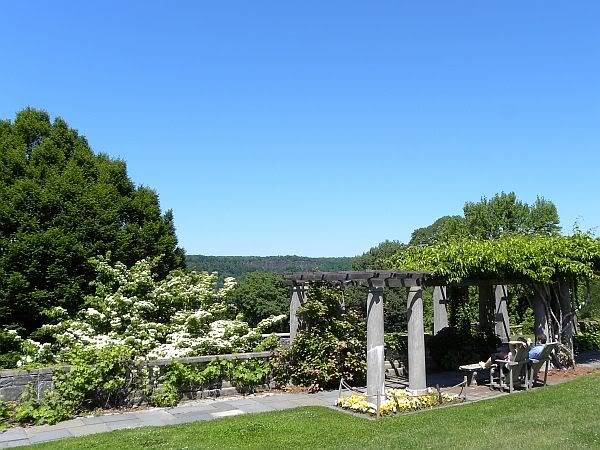
During the hot summer days of New York City Wave Hill is like a trip to the Catskills. Yesterday’s view of the majestic Palisades from the pergola included a class group learning about nature in this combination botanical gardens, sitting park and cultural center.
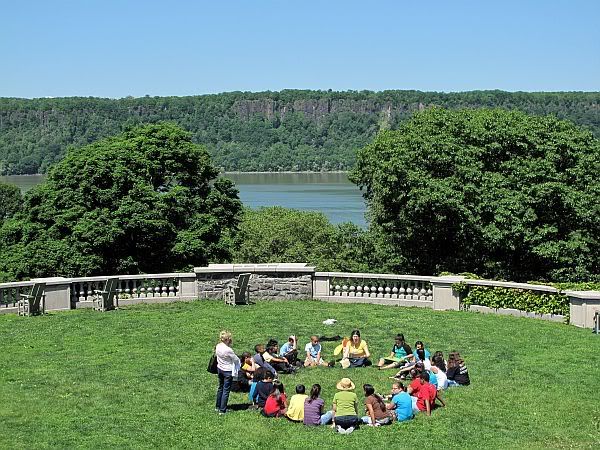
Today Wave Hill is also an educational institute where children go to learn about nature but long ago when it was a private estate several events played a vital role in American conservation. Wave Hill does have ties to the Catskills, even a relationship with the Hudson River school of painting.
Around that time when American authors and painters were inspiring people to take an interest in the dramatic American landscapes and panoramas William Henry Appleton, a publisher with wide interest in science, the environment and social issues became interested in purchasing the country home that jurist William Lewis Morris built in 1843. It might have been because Appleton leased Wave Hill House for two summers 1870 and 71 to the banker Theodore Roosevelt that his young son developed a love for natural beauty at Wave Hill and would later inspire him to preserve millions of acres of national parkland when he became president of the United States. William Henry Appleton counted among his closest friends the natural scientist T.H. Huxley, John Tyndale and Charles Darwin. Huxley was astounded by the site, declaring the Palisades across the river one of the world’s greatest natural wonders.
In 1903, George W. Perkins, a partner of J.P. Morgan, purchased Wave Hill House. While both Morris and Appleton deserve credit for Wave Hill’s status as a beautiful arboretum, it was Perkins who gets most of the credit for the grounds, credit that also goes far beyond Wave Hill. He would expand the property to 80 acres, purchasing the Oliver Harriman estate and building a new home for his family as he leased Wave Hill House to guest. Perkins would expand Appleton’s greenhouse, gardens were created to blend harmoniously with the natural beauty of the Hudson River highlands, and he would also build a recreational facility into the contour of the landscape that is now called the Discovery Center.
Besides grading and contouring the land to enhance the view of the Palisades, George W. Perkins took steps to preserve the magnificent vistas of Wave Hill. As plans to build a highway along the Palisades threatened the scenic escarpment, Perkins became the founding Chairman of the Interstate Parks Commission. The Roosevelt relationship continued from Appleton to Perkins as Governor Theodore Roosevelt worked alongside Perkins to save the Palisades. With the help of John D. Rockefeller Perkins acquired over 700 acres for the parkland across the river and this acquisition would provide a model for the development of America’s national park system.
And it was the Perkins family that gave Wave Hill to New York City.
Well now that you have your bearings, let me show you around. From that smile shaped bed of tulips that so few see, facing north is the Visitor Center and garden shop. Uphill to the right are the hillside gardens. Downhill to the left is the Wave Hill House.
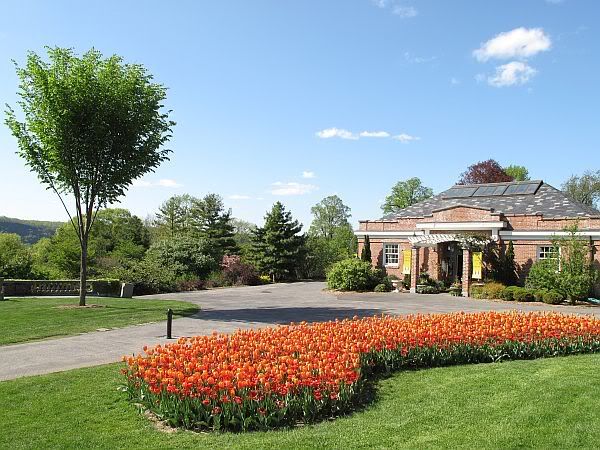
Walking down to the Wave Hill House is one of several magnificent Copper Beech trees that invite you to set a spell.
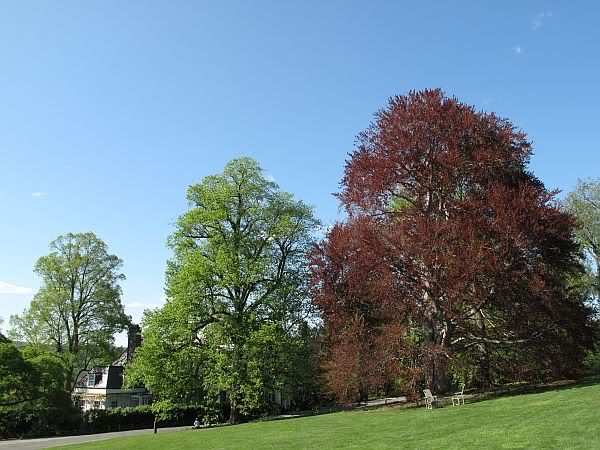
Here’s a better early spring view.
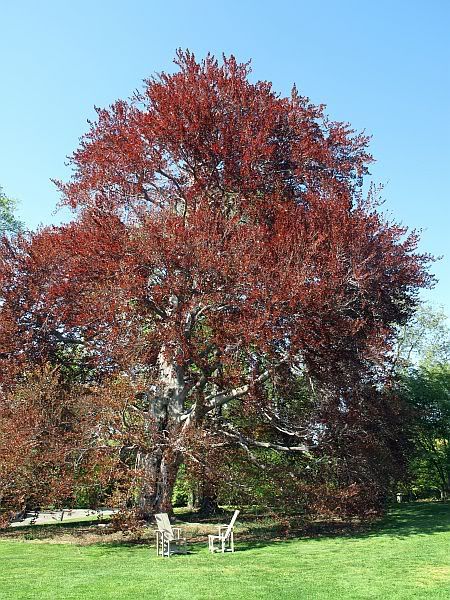
And the spectacular view of this tree in the late afternoon is a good place to point out that the contour of these grounds that compliments the Palisades to the west also create a park that faces the afternoon sun.
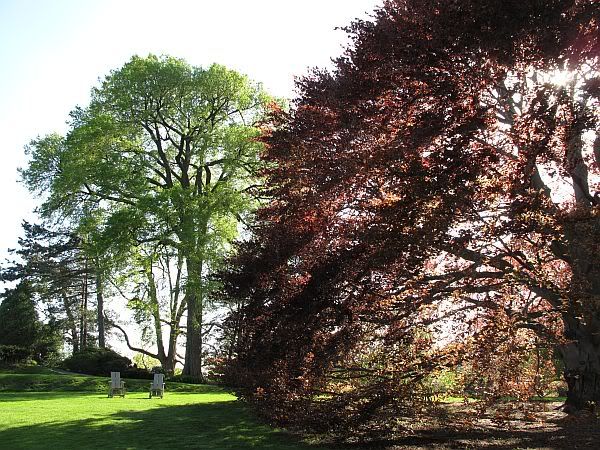
The Wave Hill House in the morning sun.
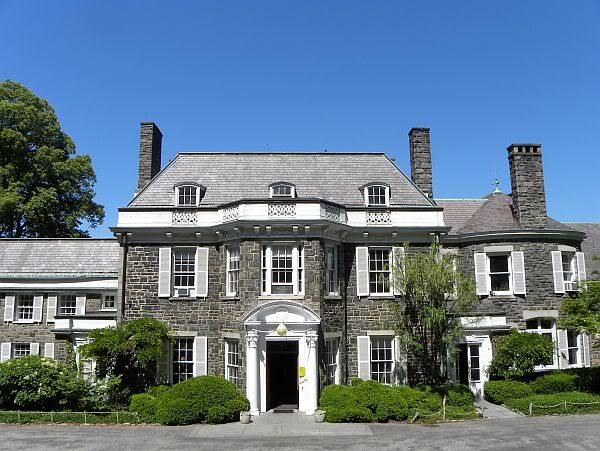
And the Hudson River view side in the afternoon.
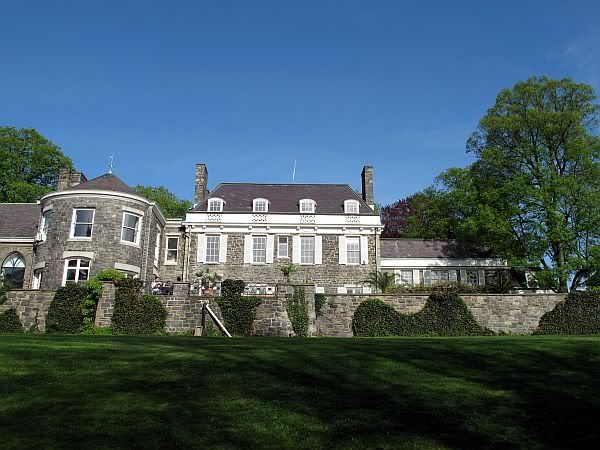
There is a terrace attached to a small restaurant, a wonderful place in the afternoon sun.
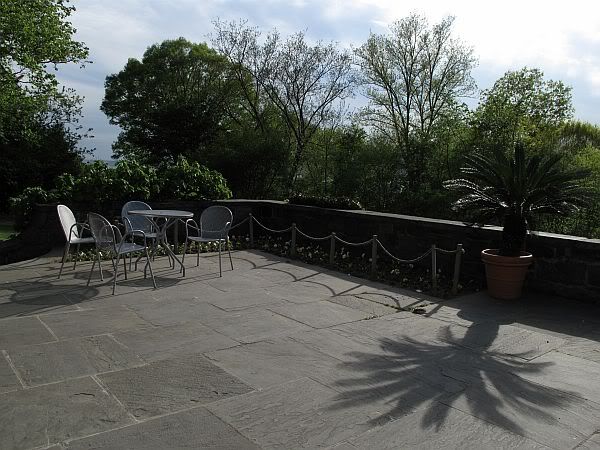
There is no exaggeration in the presence felt when entering this historic residence where Mark Twain, Theodore Roosevelt and Arturo Toscanini once slept. One of the last residents of Wave Hill were chief members of the British Delegation to the United Nations in the 1950’s and Elizabeth, the Queen Mother also spent a few nights at the Wave Hill House. But when you come around to the north wing there is an interesting story to be told about the history of this building.

The Cloisters to the south where much of the credit is given for the preservation of the Palisades is given to the Rockefellers that institution has an obvious association with the Metropolitan Museum but here in this north wing of the Wave Hill House the Museum’s Arms and Amour collection was born.
In 1909 Perkins leased Wave Hill House to Dr. Bashford Dean. He was an eminent zoologist and a scholar if international reputation Deans two main interest were ichthyology and armor. I have a childhood memory of Dr. Dean because when I was a child his fish tanks were still well stocked in the basement of Wave Hill House.
Besides being the only person to have held concurrent positions at the American Museum of Natural History and the Metropolitan Museum of Art, eventually becoming the first curator of Arms and Armor at the Met, Dean gained Perkins’ approval to build this Armor Hall wing to house his collections before the collection found a new home in the Met where they are still on view today.
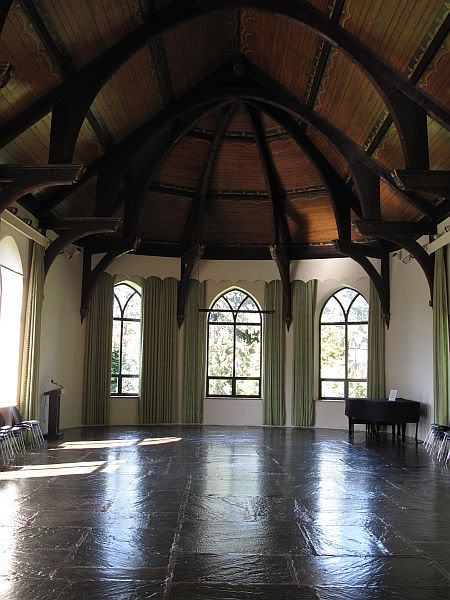
From the Wave Hill House you can continue downhill to the entrance of a forest trail that is the perimeter forest wedged between the edge of the property and other property that the Perkins family gave to friends to become the Riverdale Country School plus around fifty acres that was given to the city to become Riverdale Park.
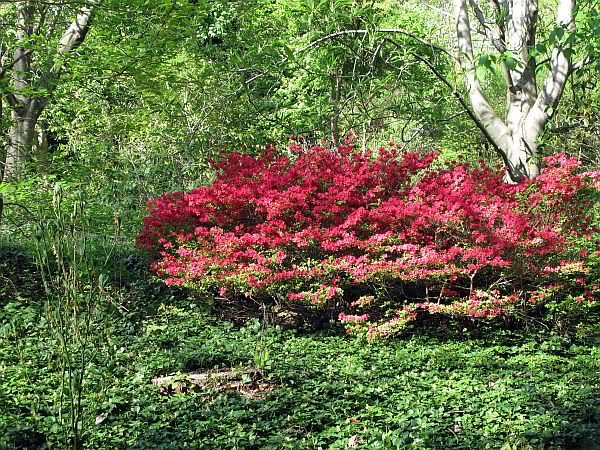
The trail can actually feel like a miniature hiking trip and meanders through the lowest parts of the property with the feeling of a hillside forest.
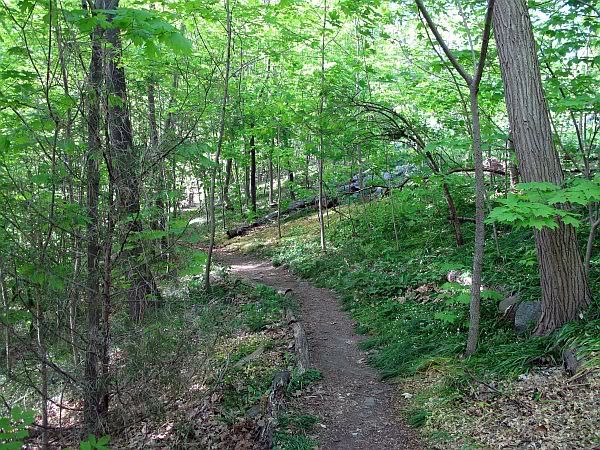
That trail represents one of my favorite features of this smaller garden that is seen throughout the grounds. Instead of taking the trail going uphill to Perkins gardens is the perfect example of squeezing in most features you would expect from a botanical garden while still seeming to be dominated by open grassy areas with a river view.
The northeast corner of the lawn that leads to these gardens is one of the few places where you can find the outside world. The bench in that corner is still inviting because Riverdale has some of the quietest streets in New York City.
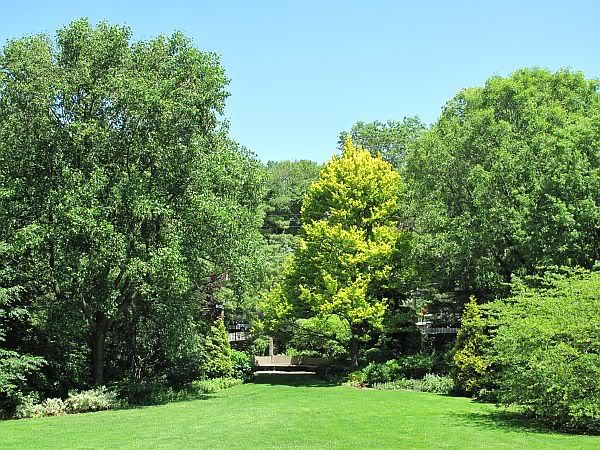
Further uphill to the aquatic garden it is early yet for water plants.
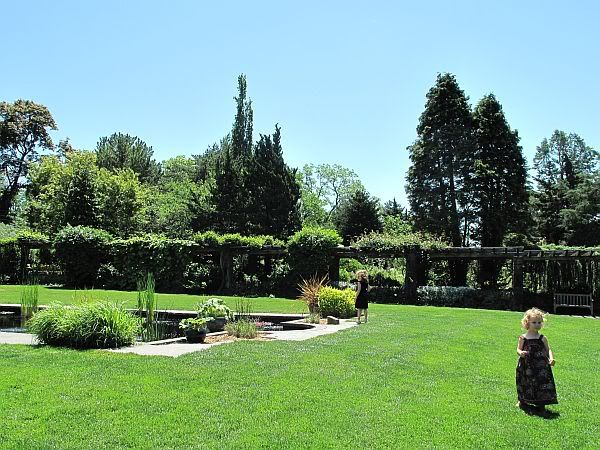
But the surrounding trellises are now alive with flowers and many bees.
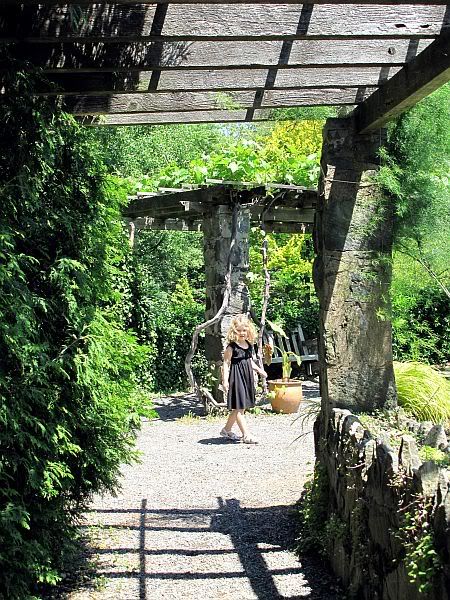
And there are Blue Flags in the water!
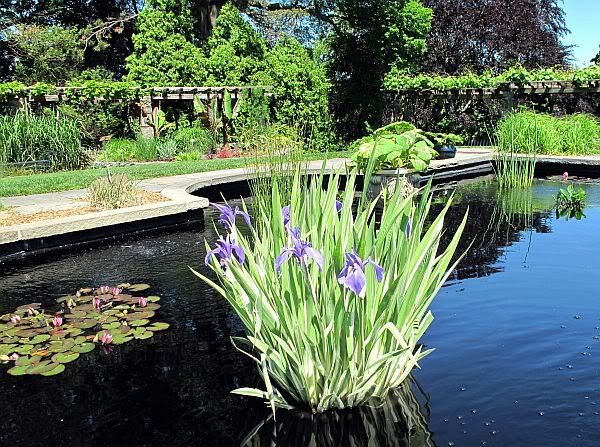
The next garden is called the wild garden with a very relaxing place to watch the river flow.
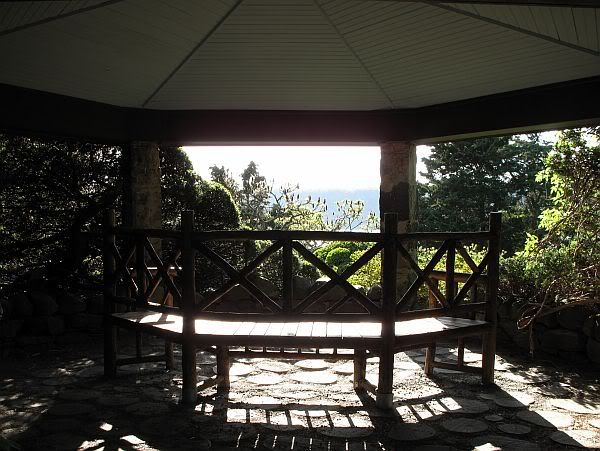
The view of the gazebo from the wild garden in April;

And the view of the wild garden from the gazebo yesterday;
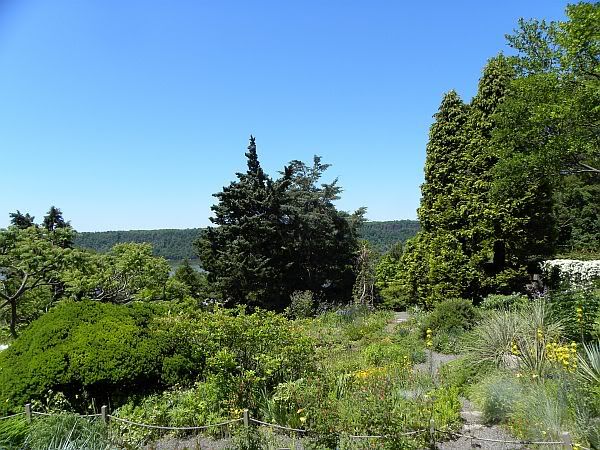
The next garden is called the secret garden. I can’t tell you anything about it because it’s a secret but I can show you one of the secret hiding places.

There are many of these secret little hiding places on the grounds. I often wonder if that relates to a long history of being a private estate, places for a leisure class.
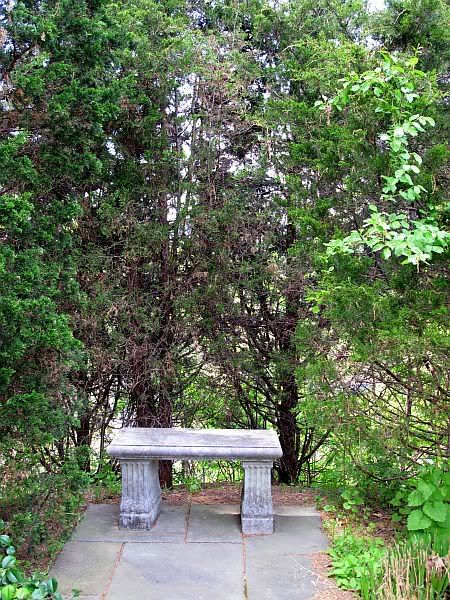
Walking along the winding high paths of the small gardens,
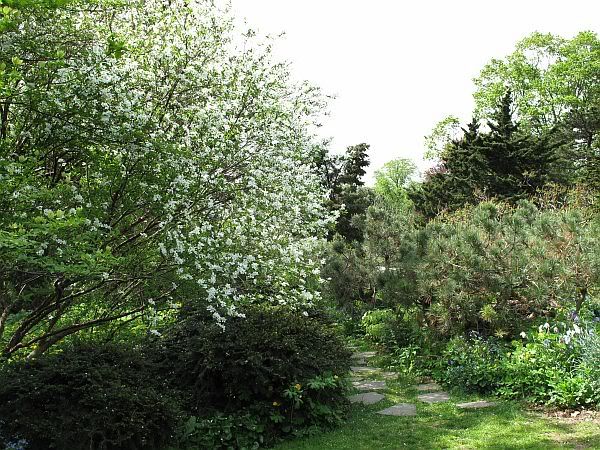
You can look down at the greenhouse, alpine garden and visitor center.
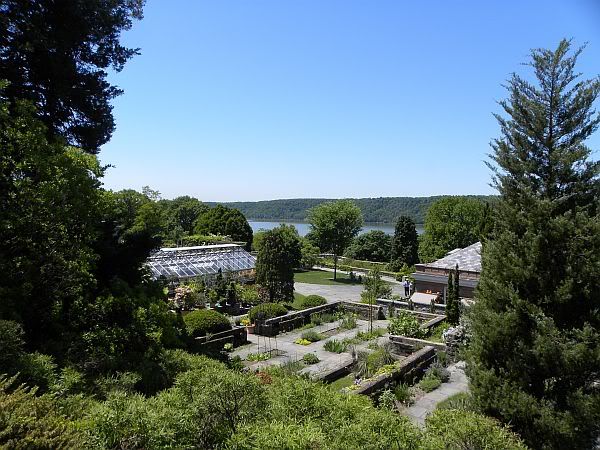
Being a huge fan of the T.H. Everett’s Rock Garden at the NYBG I never thought these stone boxes that make up Wave Hill’s alpine garden could hold a candle to the beauty of one of my favorite gardens.
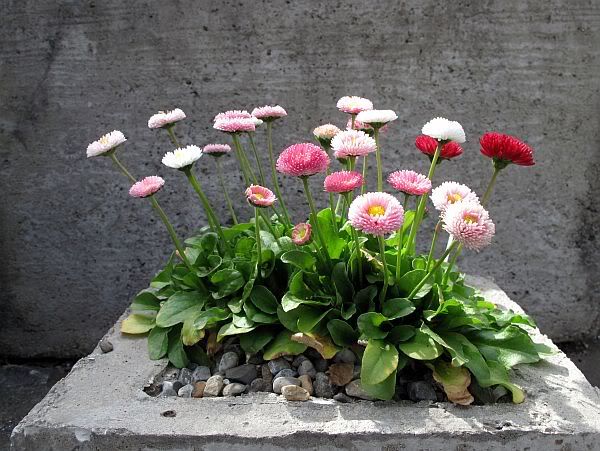
Then a gardener told me a story about these boxes that became a garden box because of recycling. When the automobile replaced the horse these garden boxes were watering troffs for horses.
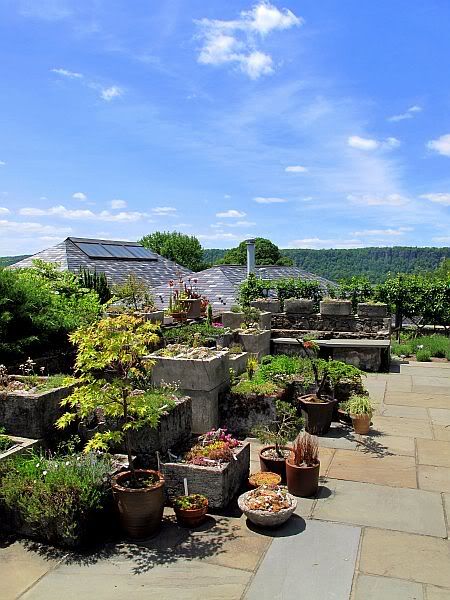
Not necessarily these particular boxes But it can be appreciated much more with that in mind.
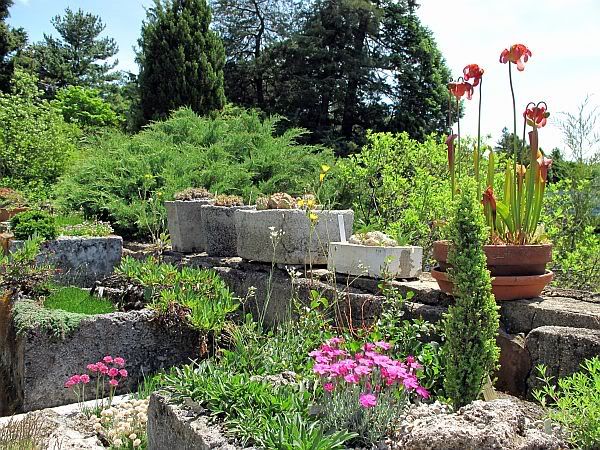
Coming down to the main greenhouse and also comparing it with the Enid A. Haupt conservatory, Wave Hill has an intimate and very private feel compared with the Victorian masterpiece at the big Bronx garden.
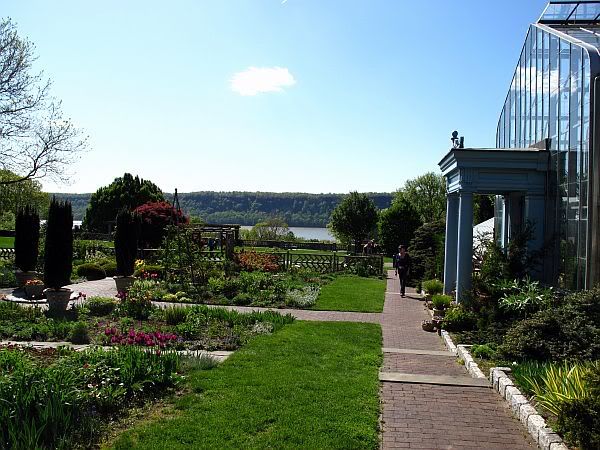
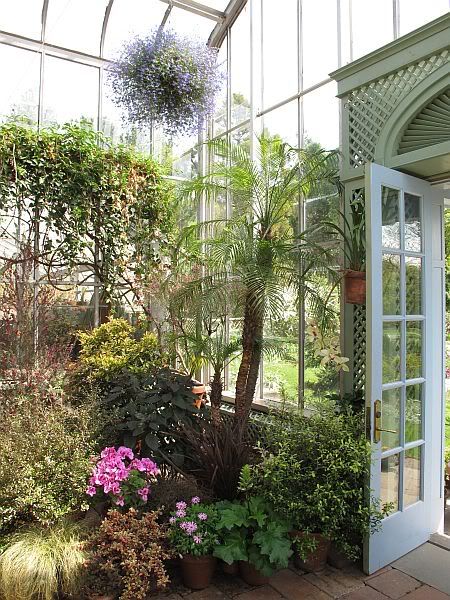
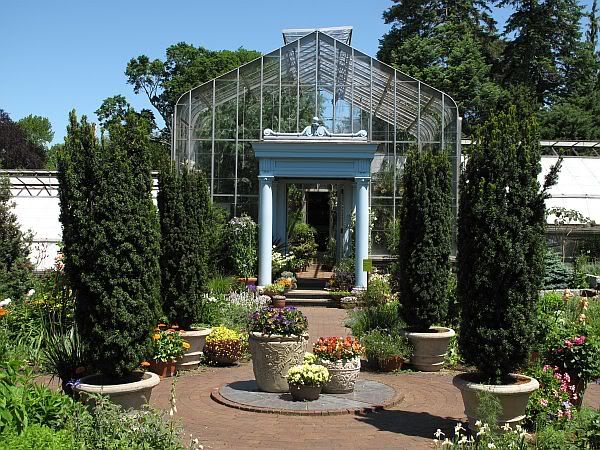
And again, pretty places to sit.
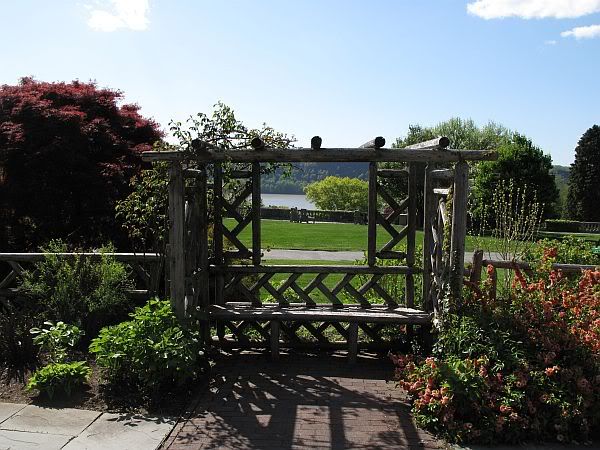
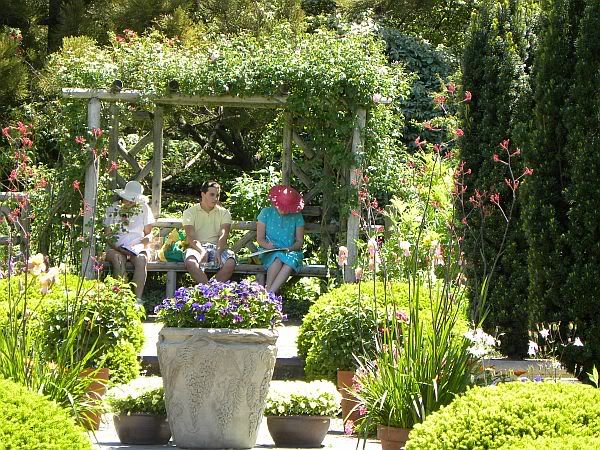
Walking along the east side of the park to the last landmark there is a wall of flowering tress separating the park from Palisades Ave.
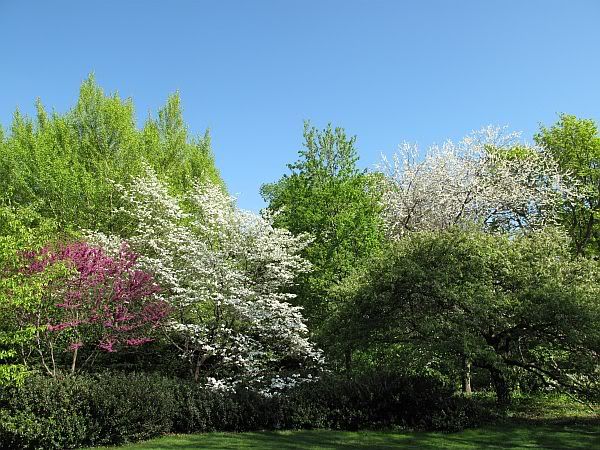
This brings you to Glyndor House on the southern side of the park that is the third to stand on this magnificent site overlooking the Palisades. This was the house where the Perkins family lived while leasing out the Wave Hill House.
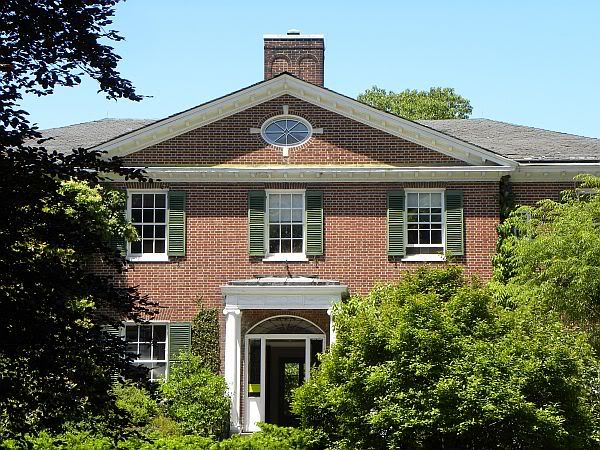
It is now an art gallery and on the west side there is a wisteria that must bee seen.
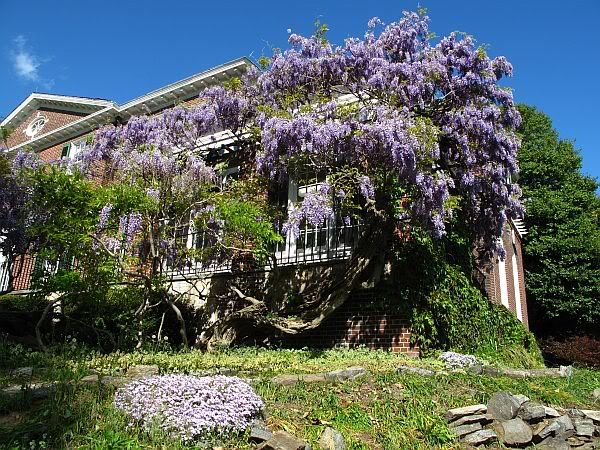
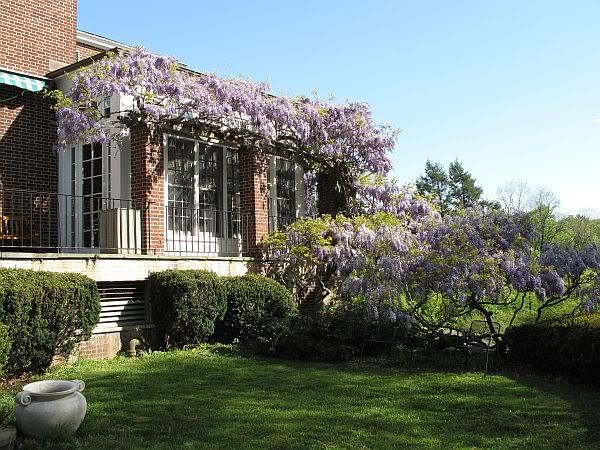
If you ever get the chance check out underneath too.
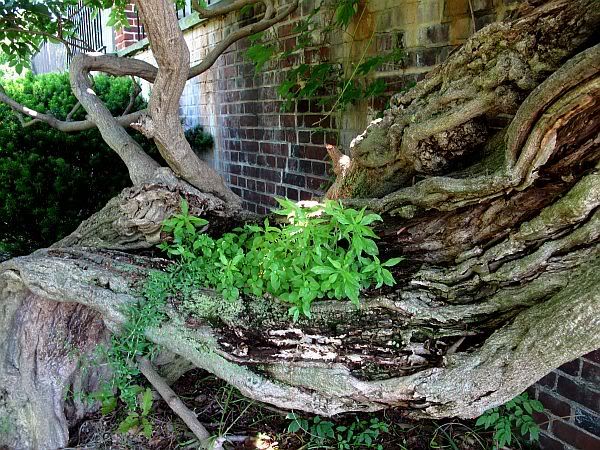
Than it is back to the main lawn and the end of the tour.
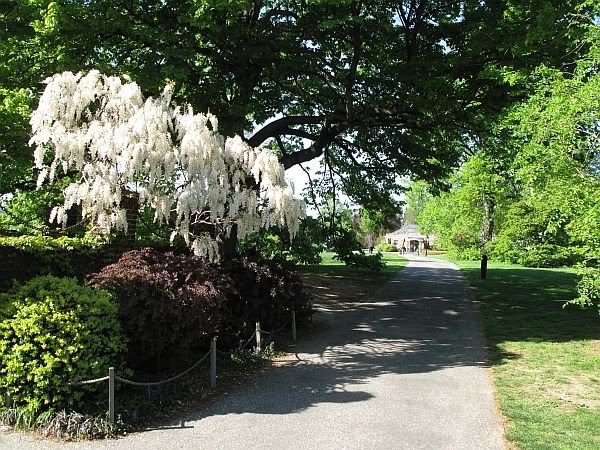
But first take a last look at the view.

Followed by a quick walk down some stairs.
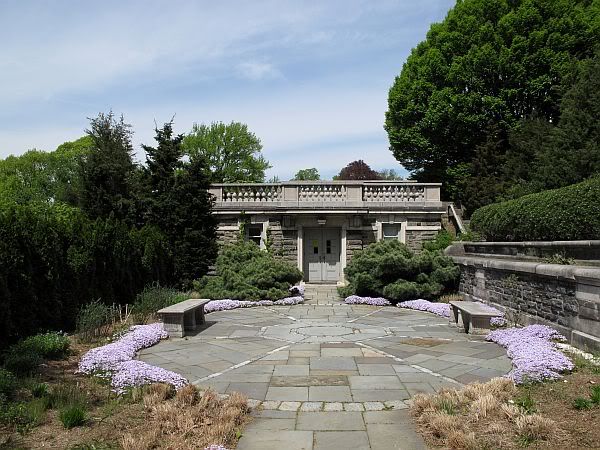
And take a sniff of those lilacs.
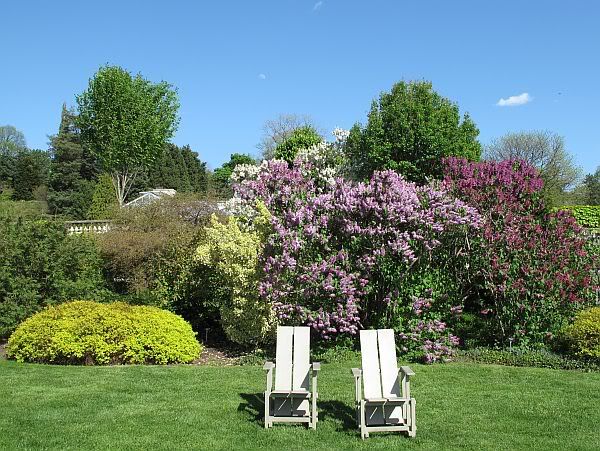

2 comments
Author